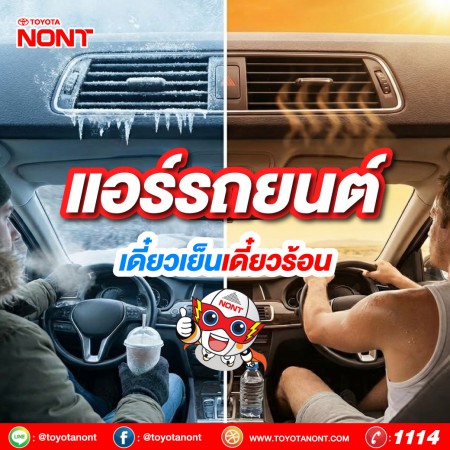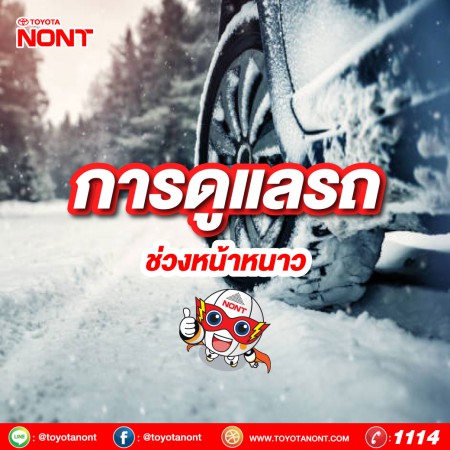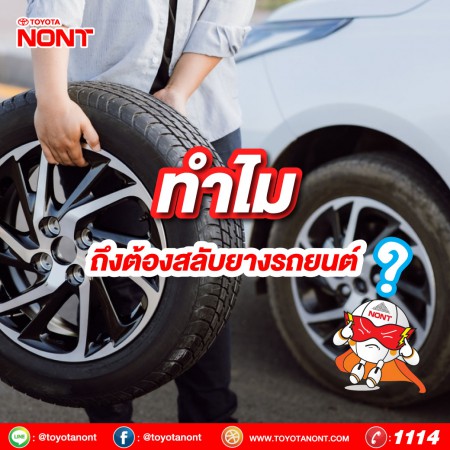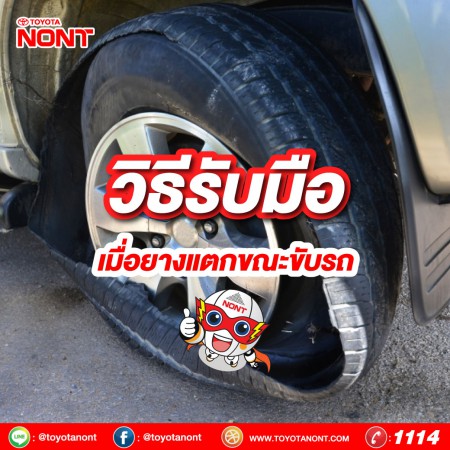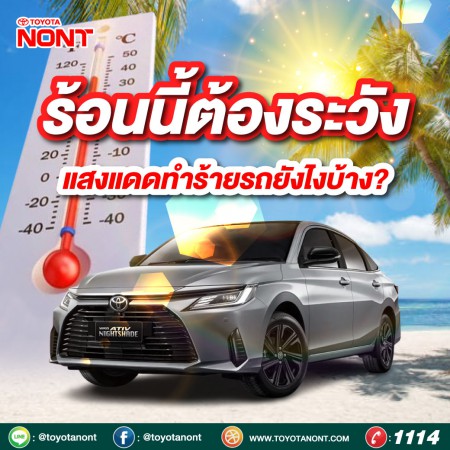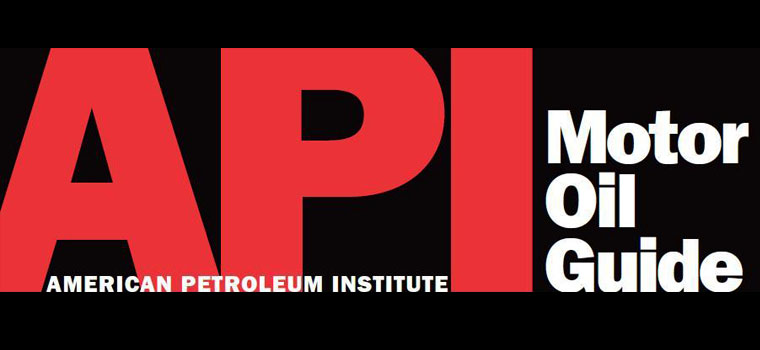
Tel: 1114 E-Mail: callcenter@toyotanont.com

มาตรฐานน้ำมันเครื่อง API
API ย่อมาจาก American Petroleum Institute สถาบันปิโตเลียมของอเมริกาเป็นสถาบันที่ทำหน้าที่ค้นคว้าและวางมาตรฐานเกี่ยวกับน้ำมันของอเมริกา
เครื่องยนต์เบนซิน จะใช้มาตรฐานที่ขั้นรหัสด้วย S (Station Service , Spark Ignition) และตามด้วยรหัสของเกรด เช่น SN , SM, SJ โดยคุณภาพของ SN จะสูงกว่า SM เรียงลงไปถึง SA ซึ่งปัจจุบันเกรดสูงสุดคือ API SN
| CATEGORY | STATUS | SERVICE |
| SN | CURRENT | Introduced in October 2010 for 2011 and older vehicles, designed to provide improved high temperature deposit protection for pistons, more stringent sludge control, and seal compatibility. API SN with Resource Conserving matches ILSAC GF-5 by combining API SN performance with improved fuel economy, turbocharger protection, emission control system compatibility, and protection of engines operating on ethanol-containing fuels up to E85. |
| SM | CURRENT | For 2010 and older automotive engines. |
| SL | CURRENT | For 2004 and older automotive engines. |
| SJ | CURRENT | For 2001 and older automotive engines. |
| SH | OBSOLETE | |
| SG | OBSOLETE | |
| SF | OBSOLETE | |
| SE | OBSOLETE | CAUTION: Not suitable for use in gasoline-powered automotive engines built after 1979. |
| SD | OBSOLETE | CAUTION: Not suitable for use in gasoline-powered automotive engines built after 1971. Use in more modern engines may cause unsatisfactory performance or equipment harm. |
| SC | OBSOLETE | CAUTION: Not suitable for use in gasoline-powered automotive engines built after 1967. Use in more modern engines may cause unsatisfactory performance or equipment harm. |
| SB | OBSOLETE | CAUTION: Not suitable for use in gasoline-powered automotive engines built after 1951. Use in more modern engines may cause unsatisfactory performance or equipment harm. |
| SA | OBSOLETE | CAUTION: Contains no additives. Not suitable for use in gasoline-powered automotive engines built after 1930. Use in more modern engines may cause unsatisfactory performance or equipment harm. |
เครื่องยนต์ดีเซล จะใช้มาตรฐานที่ขึ้นรหัสด้วย C (Commercial Service , Compression Ignition) และตามด้วยรหัสของเกรด เช่น CJ-4, CI-4, CH-4 เรียงไปคุณภาพของ CJ-4 จะสูงกว่า CI-4 เรียงไปจนถึง CA ซึ่งเกรดสูงสุดในปัจจุบัน คือ CJ-4
| CATEGORY | STATUS | SERVICE |
| CJ-4 | CURRENT | For high-speed four-stroke cycle diesel engines designed to meet 2010 model year on-highway and Tier 4 nonroad exhaust emission standards as well as for previous model year diesel engines. These oils are formulated for use in all applications with diesel fuels ranging in sulfur content up to 500 ppm (0.05% by weight). However, the use of these oils with greater than 15 ppm (0.0015% by weight) sulfur fuel may impact exhaust aftertreatment system durability and/or drain interval. CJ-4 oils are especially effective at sustaining emission control system durability where particulate filters and other advanced aftertreatment systems are used. Optimum protection is provided for control of catalyst poisoning, particulate filter blocking, engine wear, piston deposits, low- and high-temperature stability, soot handling properties, oxidative thickening, foaming, and viscosity loss due to shear. API CJ-4 oils exceed the performance criteria of API CI-4 with CI-4 PLUS, CI-4, CH-4, CG-4 and CF-4 and can effectively lubricate engines calling for those API Service Categories. When using CJ-4 oil with higher than 15 ppm sulfur fuel, consult the engine manufacturer for service interval. |
| CI-4 | CURRENT | Introduced in 2002. For high-speed, four-stroke engines designed to meet 2004 exhaust emission standards implemented in 2002. CI-4 oils are formulated to sustain engine durability where exhaust gas recirculation (EGR) is used and are intended for use with diesel fuels ranging in sulfur content up to 0.5% weight. Can be used in place of CD, CE, CF-4, CG-4, and CH-4 oils. Some CI-4 oils may also qualify for the CI-4 PLUS designation. |
| CH-4 | CURRENT | Introduced in 1998. For high-speed, four-stroke engines designed to meet 1998 exhaust emission standards. CH-4 oils are specifically compounded for use with diesel fuels ranging in sulfur content up to 0.5% weight. Can be used in place of CD, CE, CF-4, and CG-4 oils. |
| CG-4 | OBSOLETE | Introduced in 1995. For severe duty, high-speed, four-stroke engines using fuel with less than 0.5% weight sulfur. CG-4 oils are required for engines meeting 1994 emission standards. Can be used in place of CD, CE, and CF-4 oils. |
| CF-4 | OBSOLETE | Introduced in 1990. For high-speed, four-stroke, naturally aspirated and turbocharged engines. Can be used in place of CD and CE oils. |
| CF-2 | OBSOLETE | Introduced in 1994. For severe duty, two-stroke-cycle engines. Can be used in place of CD-II oils. |
| CF | OBSOLETE | Introduced in 1994. For off-road, indirect-injected and other diesel engines including those using fuel with over 0.5% weight sulfur. Can be used in place of CD oils. |
| CE | OBSOLETE | Introduced in 1985. For high-speed, four-stroke, naturally aspirated and turbocharged engines. Can be used in place of CC and CD oils. |
| CD-II | OBSOLETE | Introduced in 1985. For two-stroke cycle engines. |
| CD | OBSOLETE | Introduced in 1955. For certain naturally aspirated and turbocharged engines. |
| CC | OBSOLETE | CAUTION:Not suitable for use in diesel-powered engines built after 1990. |
| CB | OBSOLETE | CAUTION:Not suitable for use in diesel-powered engines built after 1961. |
| CA | OBSOLETE | CAUTION:Not suitable for use in diesel-powered engines built after 1959. |



